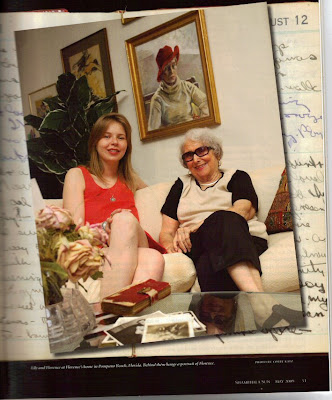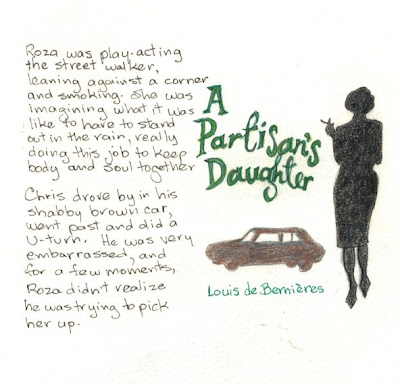
by Stella Gibbons
The Folio Society
London 1977
I've tried to read this book three or four times and always give up. It just doesn't appeal to me, and then I wonder what's wrong with me. So many of my bookish friends have high praise
I watched two of the movies or TV miniseries. The earlier one with Alistair Sim in 1971 with C, and we left in the middle of it. We giggled and laughed about it for years after, and called it the Pig Movie. She said she'd never let me choose another movie. Later I watched the 1996 version with Kate Beckinsale and Stephen Fry - same result, gave up part way through.
I borrowed the book from the library several times because this 1971 edition is so beautiful. The cover is dark green cloth with a design of vines and leaves. The water colour illustrations by Quentin Blake are quite gorgeous, fascinating and funny.
 Here, Seth has been left to tend the breakfast meal.
Here, Seth has been left to tend the breakfast meal.In the large kitchen, which occupied most of the middle of the house, a sullen fire burned, the smoke of which wavered up the blackened walls and over the deal table, darkened by age and dirt, which was roughly set for a meal. A snood full of coars porridge hung over the fire, and standing with one arm resting upon the high mantel, looking moodily down into the heaving contents of the snood, was a tall young man whose riding-boots were splashed with mud to the thigh, and whose coarse linen shirt was open to his waist. The firelight lit up his diaphragm muscles as they heaved slowly in rough rhythm with the porridge.
What the heck is a snood?




